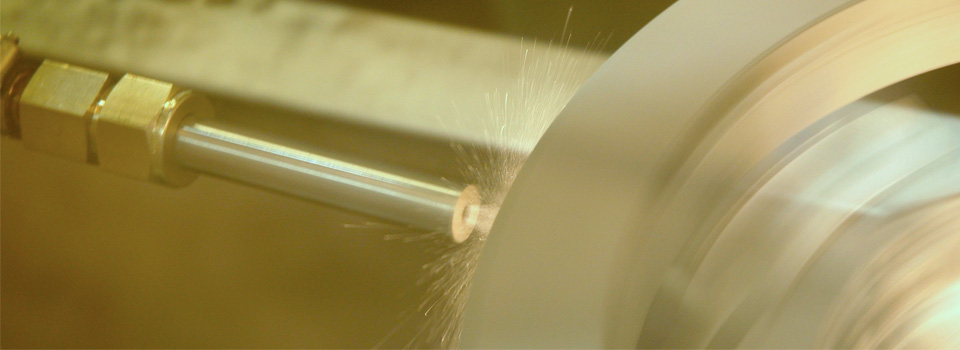Cold Spray and Kinetic Metallization
What is Cold Spray?
Cold spray is a coating deposition method developed in the mid-1980s in the Soviet Union in The Institute of Theoretical and Applied Mechanics by Papyrin and his team. In the cold spray process, solid powders (1 to 50 micrometers in diameter) are accelerated in supersonic gas jets to velocities up to 500–1000 m/s. During impact with the substrate, particles undergo plastic deformation and adhere to the surface. To achieve a uniform thickness the spraying nozzle is scanned along the substrate. Metals, polymers, and composite materials can be deposited using cold spray technology. During the cold spraying process, the kinetic energy of the particles, supplied by the expansion of the gas, is converted to plastic deformation energy during bonding. Unlike thermal spraying techniques e.g, plasma spraying, arc spraying, flame spraying, high velocity oxygen fuel (HVOF) the powders are not melted during the cold spray process.
Cold Spray Technology
Cold Spray technology is based off of the simple concept of shooting heated, atomized solid powders at a substrate at speeds of up to 500-1000m/s. Typically, cold spray technology calls for extremely high pressures to allow the coating powders to reach supersonic velocities necessary for cold spray deposition. With a constantly increasing demand in various industries for the cold spraying of heavier and more exotic materials, cold spray technology has had to develop cold spray equipment that can produce higher and higher pressures as a result. Due to these higher pressures, cold spray equipment has become larger and larger with each successive generation and upgrade.
In the past, cold spray technology was recognized to be highly desirable over thermal spray technology due to its comparably small size and its lack of preparation and the post deposition processes necessary in thermal spray processes. Although, the cold spray process still requires less process steps to perform, these high pressure cold spray systems are closing the size gap between cold spray equipment and thermal spray equipment. It seems that each year an advancement has been made in cold spray technology and cold spray equiment, that same cold spray equipment has nearly doubled in size. This constant demand for higher and higher pressures in cold spray technology, is restricted by an increasing necessity for larger and larger cold spray equipment to provide those high pressures. When will thecold spray equipment size finally become unacceptable to maintain the growth of cold spray technology?
KM vs. Cold Spray: Bigger Isn't Always Better
Inovati's Kinetic Metallization technology is different fromthe typical cold spray technology used by competitors. Firstly, unlike other cold spray technology, the KM deposition process operates at sonic speeds. This is achieved by use of Inovat's patented friction compensated sonic nozzle. Due to this innovation, KM equipment can operate at lower pressures than other cold spray equipment. KM systems operate at pressures between 50 psig and 130 psig whereas comparable cold spray equipment require pressures of up to 700 psig. Although the KM process operates at much lower temperatures, unlike other cold spray manufacturers, Inovati can successfully spray heavy metals such as Tungsten Carbide or Niobium with ease............

